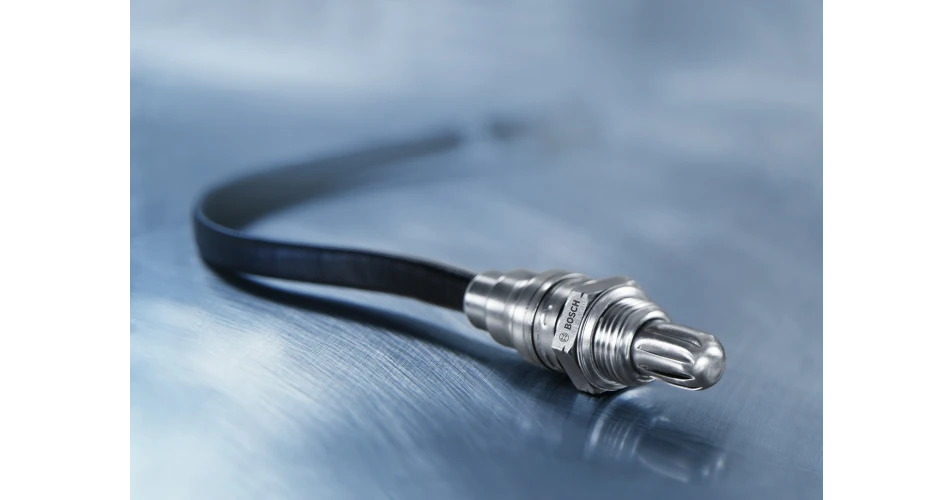The market for Lambda sensors is huge and, for garages, represents a significant business opportunity. Since the introduction of the European On-Board Diagnostics (EOBD) regulations, which cover all petrol cars sold within Europe since 1 Jan 2001, vehicles will have at least two sensors and, in some cases, as many as eight.
Mounted directly into the exhaust system, the sensor precisely measures the oxygen content of the exhaust gases, allowing the engine management ECU to adjust the air/fuel mixture entering the engine for combustion. By maintaining the optimal air to fuel ratio, the car runs as efficiently as possible and the continual feedback from the sensor allows the ECU to constantly adjust the mixture and prevent damage to the car’s catalytic converter.
As the largest supplier into the OE manufacturers, Bosch has an unrivalled product range of replacement parts for the aftermarket. It has produced over 500 million sensors to date, with over 45 million manufactured each year. As a result 80% of the European vehicle parc is covered by Bosch’s product range.
It is recommended lambda sensors should be checked every 20,000 miles and, depending on the generation of sensor fitted, have an official replacement interval of between 30,000 and 100,000 miles. This is because, due to thermal aging and their design and construction characteristics, their efficiency will deteriorate over time. However, the majority of sensor failures are due to consequential damage; a failure somewhere else in the engine, physical impact or poor handling prior to installation. Contamination as a consequence of mis-fuelling, internal oil leaks or head gasket failure, can all compromise performance.
The consequence of fitting the wrong type of sensor, or an inferior product, isn’t always immediately obvious, but the long-term effects can be serious. High emissions levels, resulting in an MoT failure, as well as engine and catalytic converter damage are a real possibility. A drop of performance and fuel economy is also common, yet often go unnoticed by the driver as it occurs over an extended period of time. It’s not until the sensor is replaced that the extent of the problem is revealed and the driver appreciates how poorly the car had been performing.
Many universal fit lambda sensors have a gained a bad reputation but, in reality, they can provide a quick and cost effective solution for garages. With just nine part numbers, the Bosch range of universal sensors offer a vehicle parc coverage of around half of that of the direct fit part numbers. They offer a significant price advantage over the direct fit parts, and require a garage to hold substantially less stock. Unlike some universal sensors, Bosch parts are true OE quality sensors and come complete with a patented connector system, for easy integration into the vehicle’s existing lambda sensor wiring and connector, while full instructions ensure quick and correct installation.
